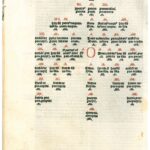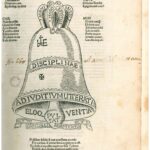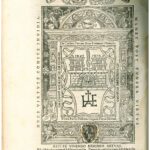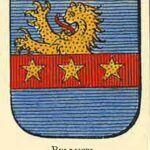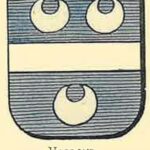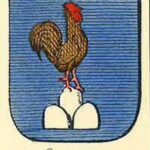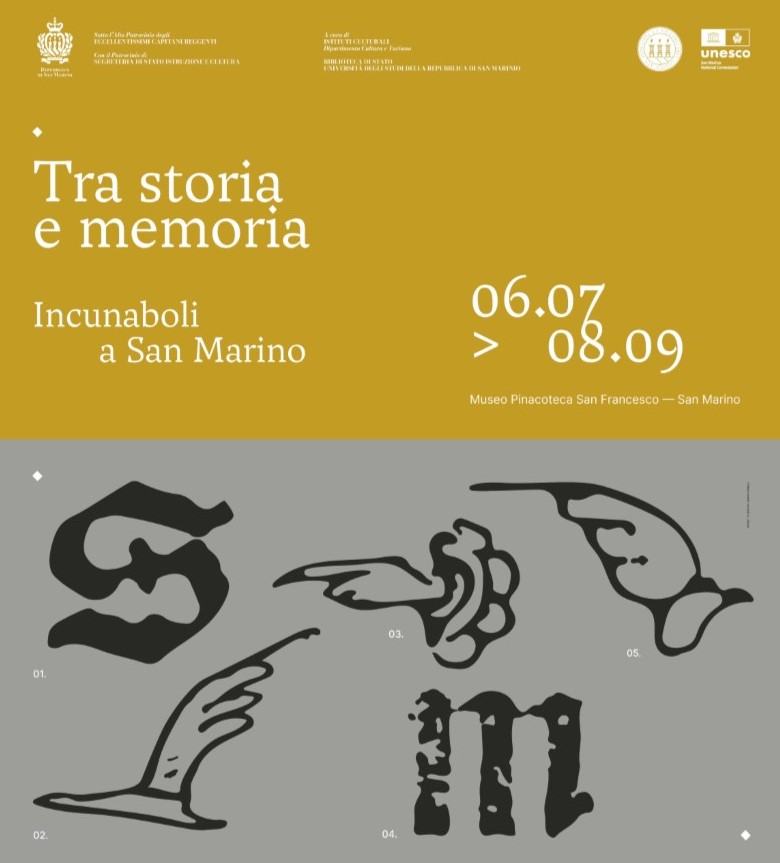
Between history and memory
Incunabula in San Marino
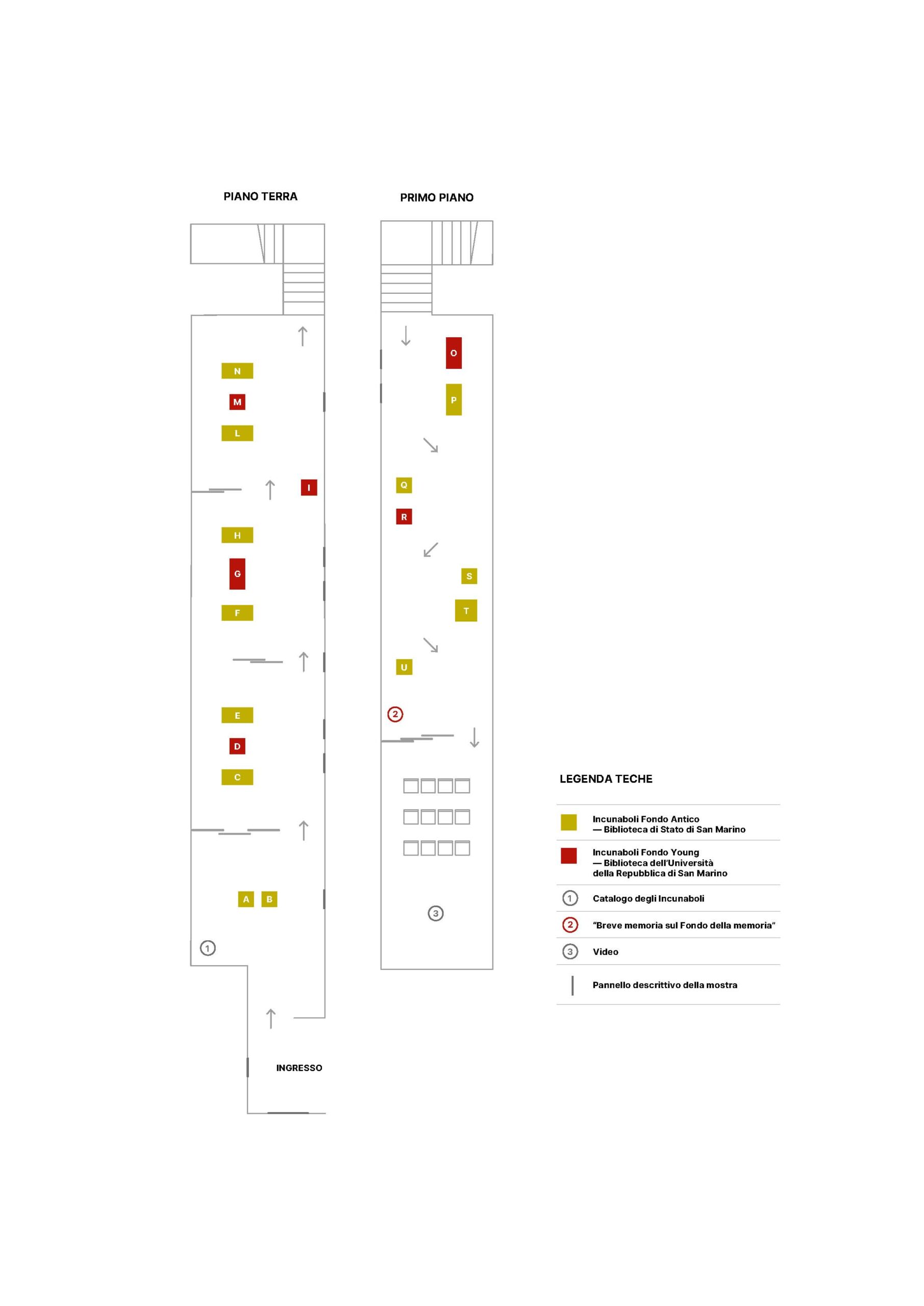
exhibition space
Between history and memory
The aim of this exhibition is to make known the rare and ancient printed resources, twenty-eight volumes dating back to the 15th century, preserved in the two major libraries of the Republic of San Marino, namely the State Library and the University Library. Normally, an exhibition is followed by a catalogue, but in this case it was the other way round.
It is a journey through the history of the printed word, from 1473 to 1500, in which memory and history, two concepts that are inextricably linked, return and intertwine with each other: there is no history without memory, whether personal or collective.
Without memory, which allows us to preserve and transmit traces and signs of the past, there is no historical reconstruction. The exhibition of the most valuable bibliographical material of our Republic is intended to promote these “agents of history”, which recall a past that is a source of knowledge and belonging.
Sections
Timeline
From manuscript to print
The 15th Century: from manuscript to incunabulum
In the 15th century, the printed book was the first product to be truly exported to the whole known world at that time. Conceived in Germany in the mid-15th century, the printed book was soon perfected in Italy, and that country, with Venice and other centres, became the market leader for a century and a half. Binding embellished the product, which was also appreciated for its external beauty.
The invention of printing also had a major impact on European culture, facilitating literacy and helping to standardise the language habits of nations. Printed books in Latin, which had been the language of the classics and authorities, began to coexist with printed books in local languages. The first printed books in spoken languages also gave an insight into the tastes of social classes who, although they did not know Latin, could read, write and buy books.
Incunabula
Movable type printing in Europe was invented in the mid-15th century between Mainz and Strasbourg by Johann Gensfleisch zum Gutenberg (1394?-1468). The novelty of replacing the pen with reusable metal types simplified the reproduction of identical texts.
At the origins of textual criticism
After the initial enthusiasm with which printing was welcomed, doubts soon arose about the quality of the text printed by typographers. This gave rise to the editorial curator, what we would call today an editor, i.e. a person capable of checking, with his linguistic skills but also by comparing various codices relating to the same work, the authenticity of the text to be printed.
Incunabula of the State Library
The State Library of the Republic of San Marino was founded in 1839 following the purchase by the Council of the collection of books belonging to the heirs of Antonio Onofri. At the sitting of the Prince and Sovereign Council on 9 September 1838, the widow of the illustrious statesman Antonio Onofri, the noblewoman Teresa Lettimi from Rimini, expressed her will to sell to the State the Onofri’s book collection, which had grown within the Onofri dynasty.
Families: Onofri, Corbelli, Belluzzi, Valloni
The incunabula in the State Library come from the Onofri, Corbelli, Belluzzi, and Valloni families.
The Onofri family, present on the Titan since the 14th century, participated with several of its members in the political and social life of the country.
The Belluzzi family was among the oldest and most decisive in the history of our country.
The Valloni family, a landowner originally from Carpegna and ascribed to the Rimini nobility, was also united by marriage with the San Marino nobility at the end of the 17th century and held important roles.
The Corbelli family, among the noble families of San Marino, had several members who practiced the notarial profession and held important professional and political positions in San Marino, Montefeltro and the Church State.
The Young Fund of the University Library
The Young Fund is one of the richest collections on memory and mnemonics existing today and was established by Mr. and Mrs. Morris and Chesley Young, well-known New York collectors. Acquired in 1991 by the University of the Republic of San Marino, it contains an immense amount of works on mnemonics and memory, also from a psychological, neurological, pedagogical and cybernetic point of view.
Authors of the Young Fund
Under the patronage of
Ecc.mi Capitani Reggenti
Sponsored by
Segreteria di Stato Istruzione e Cultura
Curated by
Istituti Culturali
Biblioteca di Stato
Università degli Studi della Repubblica di San Marino
Biblioteca
Project managers
Claudia Gattei (Biblioteca Universitaria RSM)
Claudia Malpeli (Biblioteca di Stato RSM)
Graphic and staging Project
Corso di studi in Design dell’Università di San Marino
Elena Brigi
Emma Corbelli
Francesco Mancuso
Riccardo Varini
Texts by
Umberto Eco
Paola Errani
Riccardo Fedriga
Claudia Gattei
Pier Paolo Guardigli
Claudia Malpeli
Marco Palma
English language content
Valentina Bertozzi
Beatrice Borbiconi
Marina Volpinari
With the cooperation of
Istituti Culturali
Musei di Stato
Azienda Autonoma di Stato per i Lavori Pubblici
Ufficio traduttori e interpreti – Dipartimento Affari Esteri
Thanks and collaborations
Usmaradio
Seriset
Libreria Cosmo
The Space



